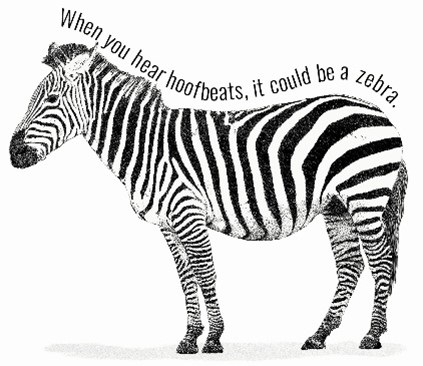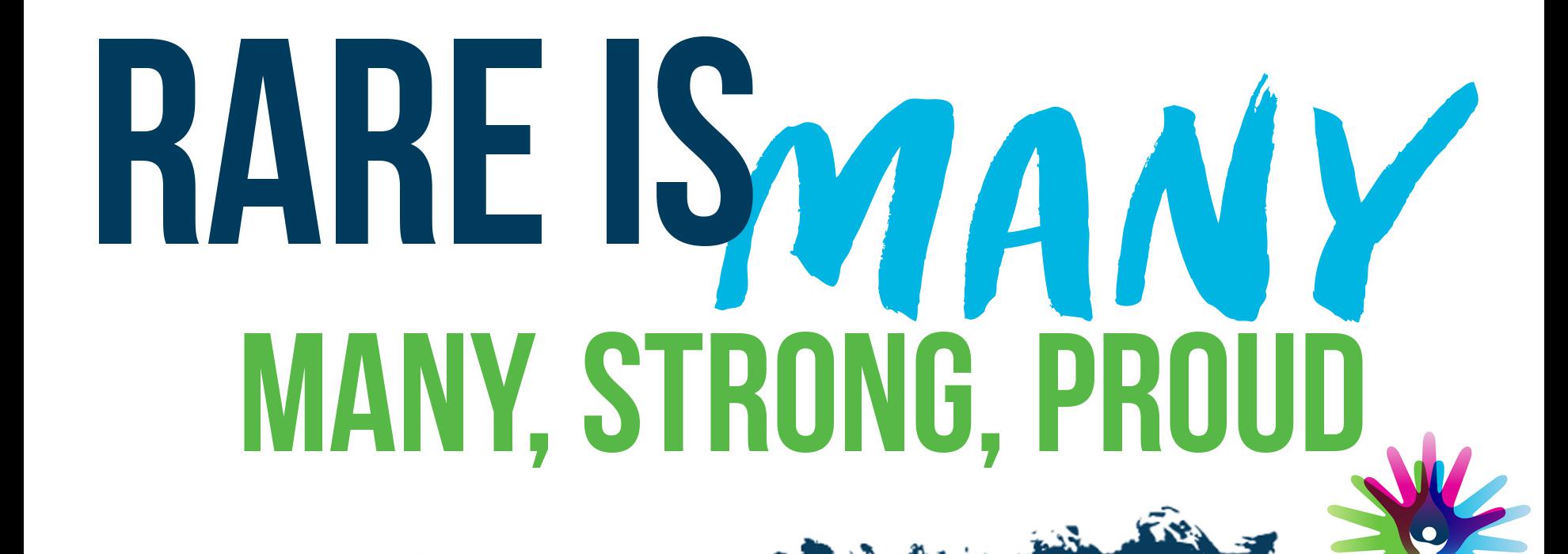Rare Disease Day 2023
 The word “rare” implies an event doesn’t happen very often. But that word can be misleading when referring to rare diseases. With more than 10,000 rare diseases known today, they collectively affect more than 300 million people around the world. 1 in 10 people in the U.S. live with a rare disease. The vast majority, approximately 72%, of rare diseases are genetic and 70% affect children.[1] Improving how we find and care for individuals with rare diseases will have a BIG impact on people’s lives.
The word “rare” implies an event doesn’t happen very often. But that word can be misleading when referring to rare diseases. With more than 10,000 rare diseases known today, they collectively affect more than 300 million people around the world. 1 in 10 people in the U.S. live with a rare disease. The vast majority, approximately 72%, of rare diseases are genetic and 70% affect children.[1] Improving how we find and care for individuals with rare diseases will have a BIG impact on people’s lives.
Diagnostic Odyssey
It takes an average of 7 years from when an individual shows symptoms of a rare disease—going from doctor to doctor, possible diagnosis to possible diagnosis, a litany of tests plus lots of expense, pain, heartache and frustration—to when they finally receive a diagnosis.
With greater access to genomic sequencing and more interdisciplinary undiagnosed disease programs available across the globe, more people are now obtaining a diagnosis faster. In addition, with rapid advances, genomic testing is even easier than taking a COVID test—by swabbing your cheek or spitting saliva in a tube, a person’s complete genetic sequence can be read in just 24 hours.
Artificial Intelligence (AI) or “deep learning” is also generating excitement for rare disease diagnosis. Doctors don’t often consider rare diseases when examining a patient…they’ve been trained that when you hear hoofbeats, think horses not zebras (thus the zebra mascot for rare diseases). There is also the challenge posed to doctors by the sheer number of rare diseases—with hundreds identified every week, it’s virtually impossible to keep up with the research. AI solves both the rarity and knowledge problems.
Therapeutic Odyssey
Once diagnosed, only about 500 rare diseases have any treatment—a devasting reality for families since it takes 10 – 15 years and more than 2 billion dollars to develop a novel drug. With the current one-disease-at-a-time approach, it would take centuries to develop treatments for over 10,000 known diseases. And there’s little economic incentive for pharmaceutical companies to spend that kind of time/money since an individual rare disease can affect so few people.
Researchers are working to solve this problem by understanding similarities across diseases to help develop multiple treatments at a time. An example is the biomedical breakthrough technology of CRISPR. Thank you, Jennifer Doudna and Emmanuelle Charpentier!
Gene therapy technologies like CRISPR can deliver disease-treating genetic material into a patient’s cells. They’ve been used to treat genetic conditions that impact the bloodstream, liver, eye, and immune system. As researchers develop new delivery methods for gene editing, conditions that affect other organs, like the brain and lungs, will follow. Although the technology to make a therapeutic like CRISPR can now be done in about a year, making sure those therapeutics can be given to patients safely is another costly roadblock. The National Center for Advancing Translation Sciences at the NIH and others are working to address those challenges.
Ideal Vision
The goal is a world where genetic diseases are diagnosed early, in a way that is affordable for health insurance to cover. Then, if needed, a therapeutic, such as a CRISPR medicine, is manufactured and administered to the individual in a way that’s scalable, affordable, and doesn’t involve years of time and millions of dollars. This now feels truly achievable.
Learn More
This field is moving very fast. Rare Disease Day takes place worldwide every year in February – NIH will host the 2023 Rare Disease Day on February 28. Join in person at the NIH Main Campus (Natcher Conference Center) or by virtual livestream to learn more about rare diseases, network with individuals, families, healthcare providers, and researchers and be a part of making this vision a reality.
Additional Resources:
- Learn more about advances in the diagnostic odyssey from Dr. Bill Gahl at the National Human Genome Research Institute (NHGRI) at the National Institutes of Health (NIH): https://nationalpress.org/topic/william-gahl-undiagnosed-rare-diseases-barriers/
- Learn more about AI driving breakthroughs on rare diseases from Dr. Ben Solomon at the NHGRI at the NIH: https://nationalpress.org/topic/ai-driving-breakthroughs-on-rare-diseases/
